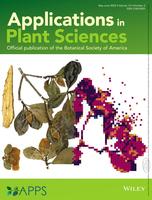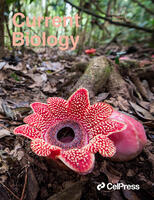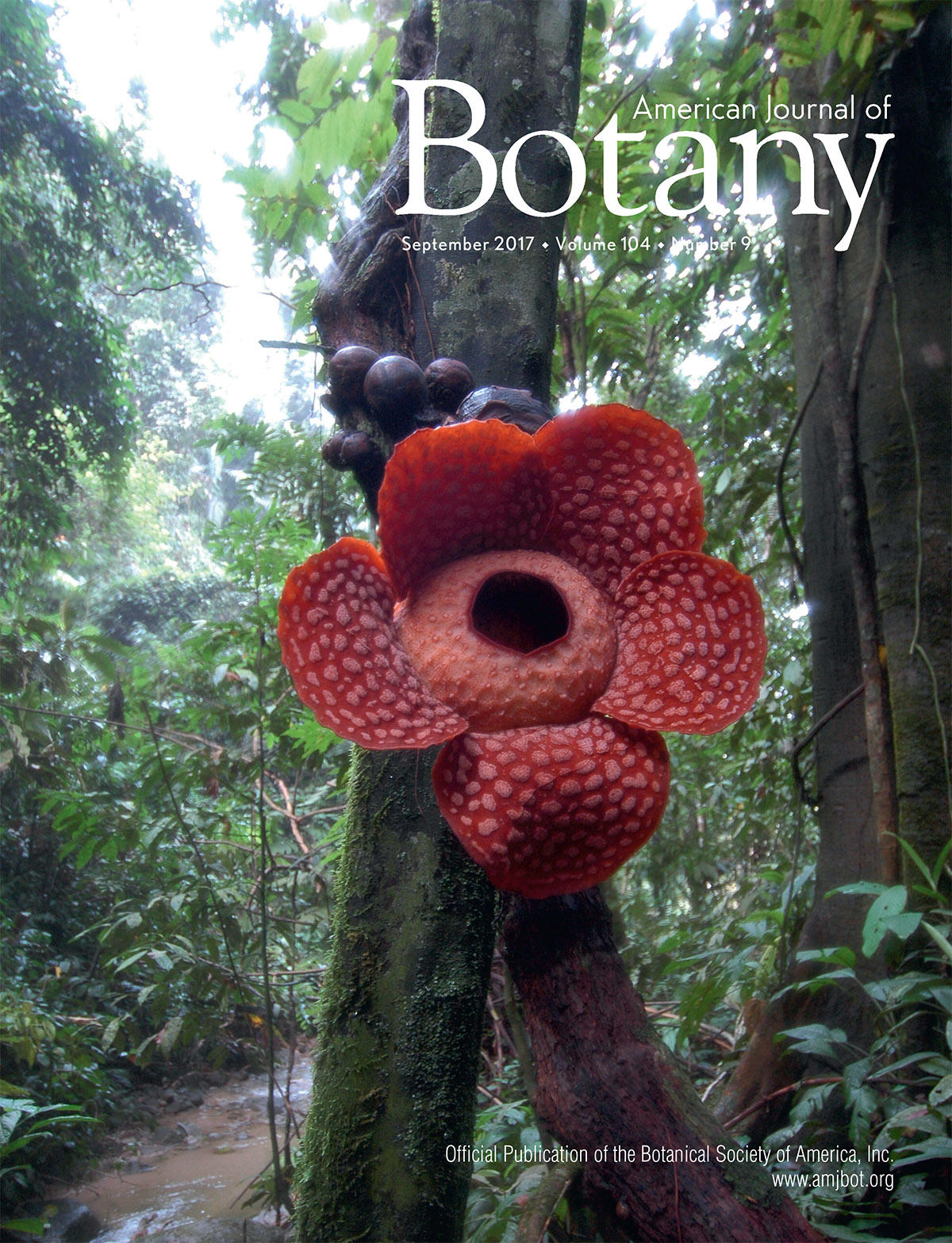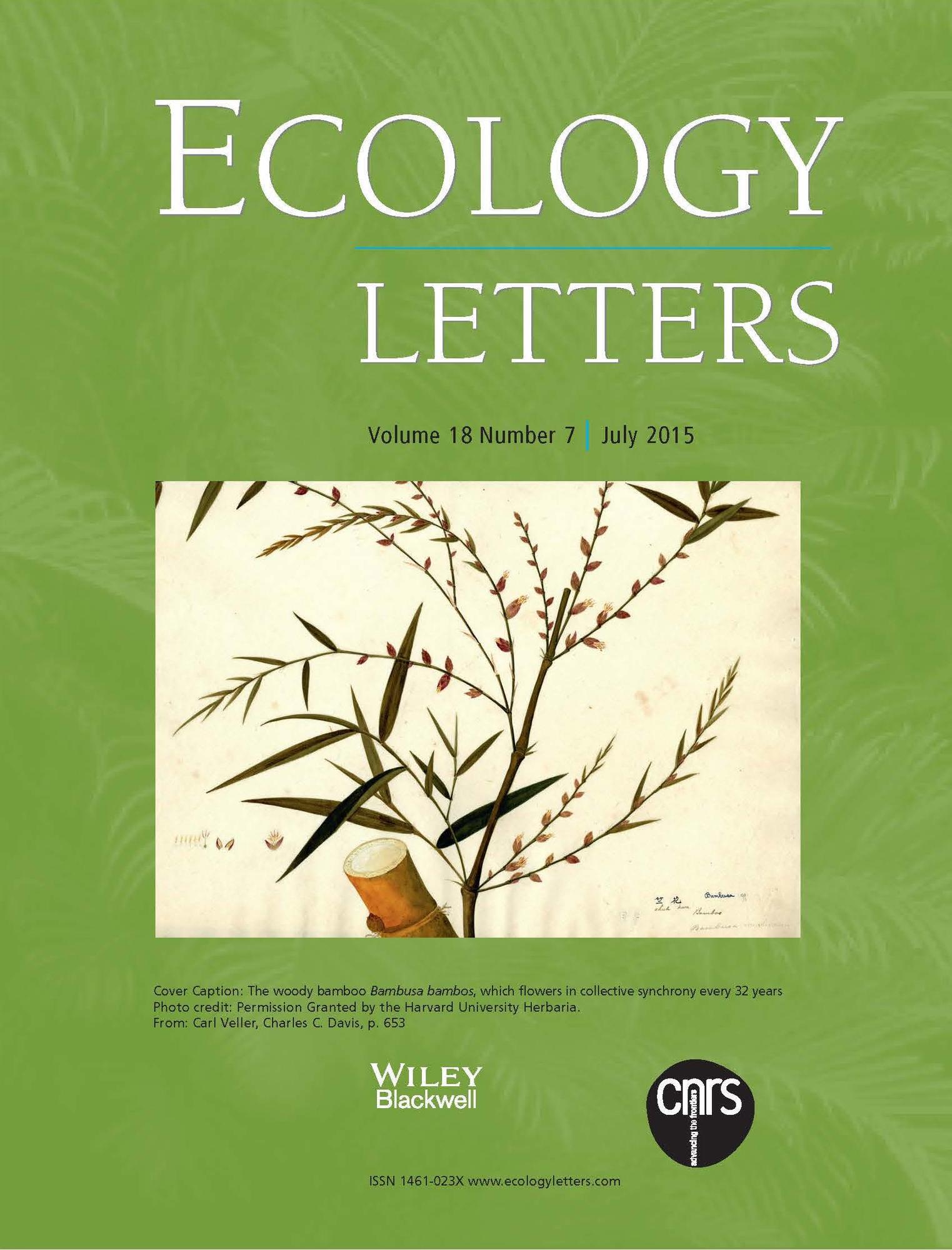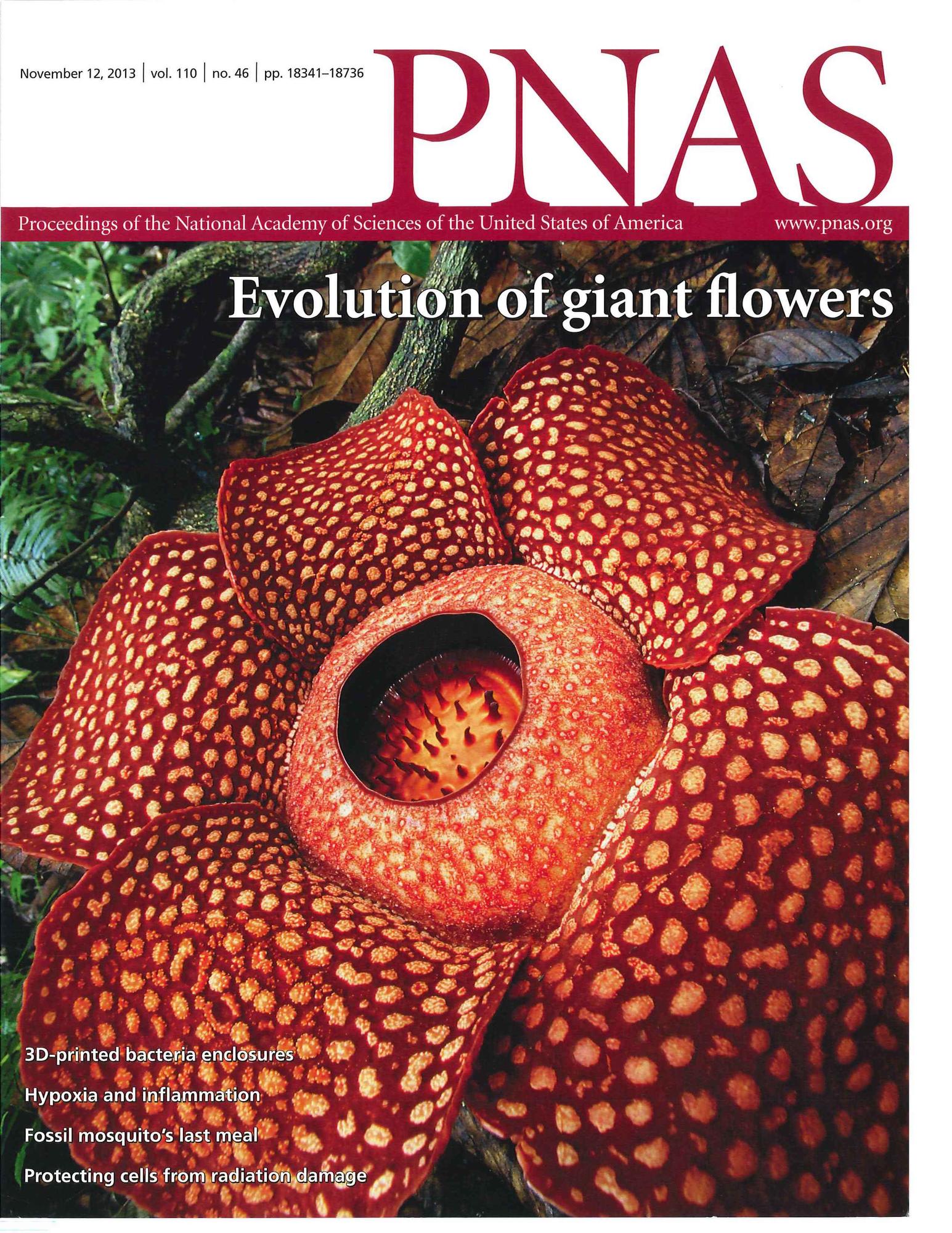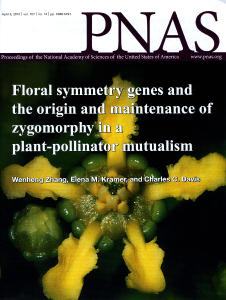Citation:
| 1.98 MB |
Abstract:
Flowers exhibit tremendous variation in size (>1000-fold), ranging from less than a millimeter to nearly a meter in diameter. Numerous studies have established the importance of increased floral size in species that exhibit relatively normal-sized flowers, but few studies have examined the evolution of floral size increase in species with extremely large flowers or flower-like inflorescences (collectively termed blossoms). Our review of these record-breakers indicates that blossom gigantism has evolved multiple times, and suggests that the evolutionary forces operating in these species may differ from their ordinary-sized counterparts. Surprisingly, rather than being associated with large-bodied pollinators, gigantism appears to be most common in species with small-bodied beetle or carrion-fly pollinators. Such large blossoms may be adapted to these pollinators because they help to temporarily trap animals, better facilitate thermal regulation, and allow for the mimicry of large animal carcasses. Future phylogenetic tests of these hypotheses should be conducted to determine if the transition to such pollination systems correlates with significant changes in the mode and tempo of blossom size evolution.
Notes:
Davis, Charles CEndress, Peter KBaum, David AengResearch Support, U.S. Gov't, Non-P.H.S.ReviewEngland2008/01/22 09:00Curr Opin Plant Biol. 2008 Feb;11(1):49-57. doi: 10.1016/j.pbi.2007.11.003. Epub 2008 Jan 22.

